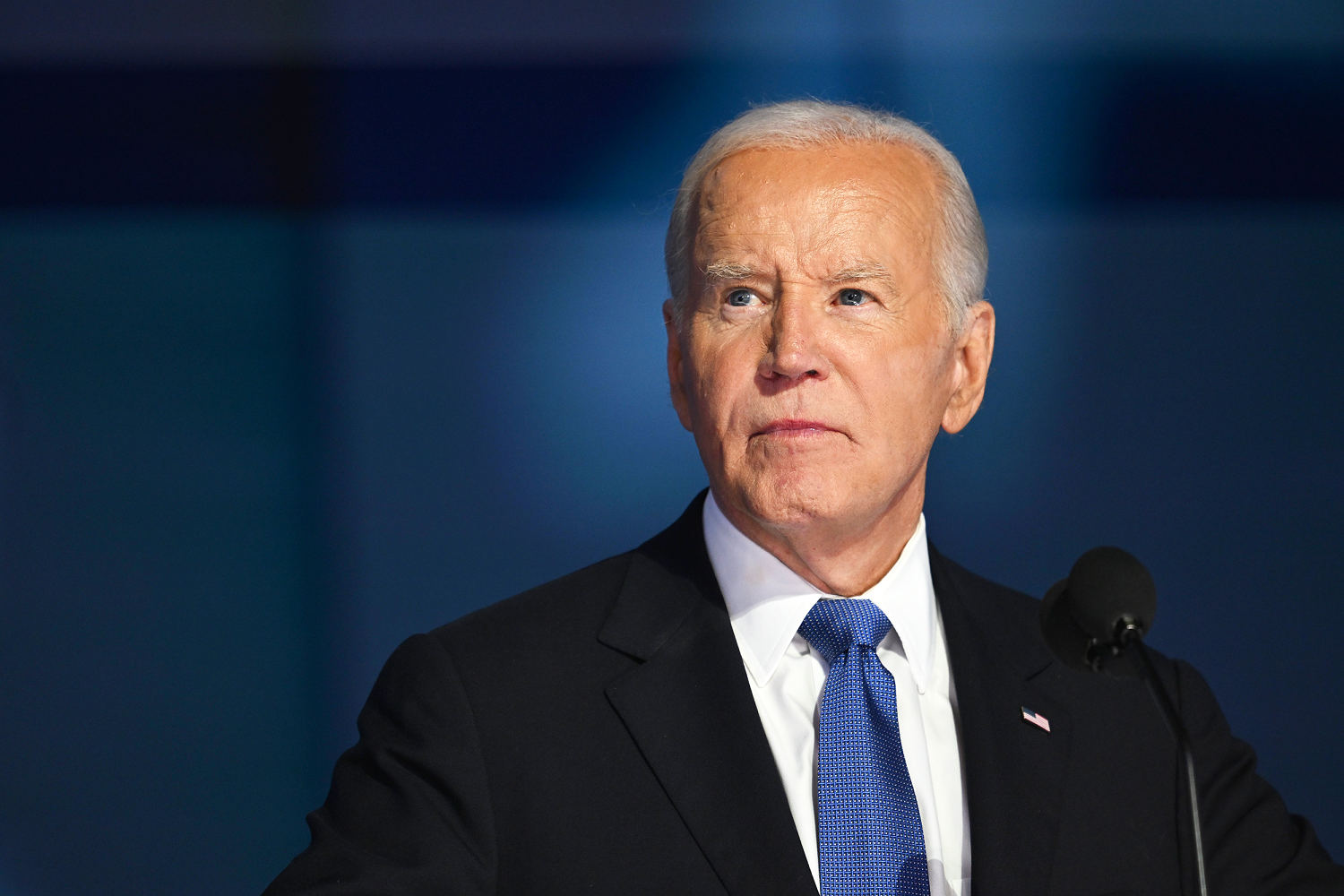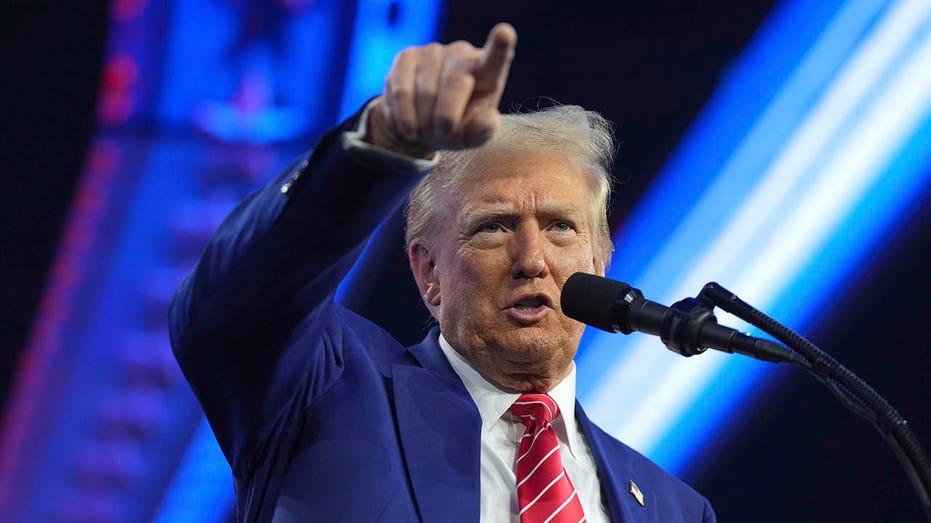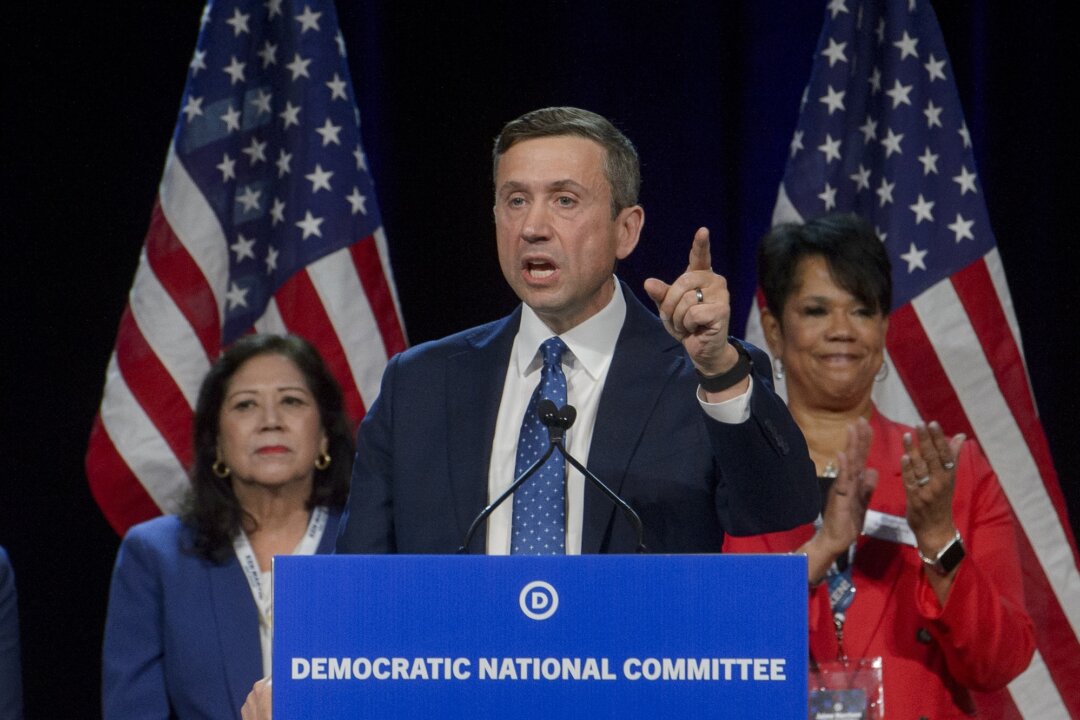

Diversity, equity, and inclusion is now effectively illegal at the federal level and in many states, including Arizona. However, university administrators and professors remain deeply committed to its principles. Rather than disappearing, DEI will simply be rebranded under a new name.
At Arizona State University, where I have taught philosophy for 25 years, the university’s charter states that ASU will be “defined by who it includes and not by who it excludes.” That sounds good, right? Think again.
'Diversity at scale' serves as a Trojan horse for racial and social engineering.
In 2023, the U.S. Supreme Court ruled against the use of race in university admissions in Students for Fair Admissions, Inc. v. Harvard and SFFA v. University of North Carolina. In response, universities like ASU insisted they were unaffected. The ruling applied to institutions that follow an elitist model with limited admissions slots, they argued, while ASU prides itself on welcoming as many students as possible — conveniently sidestepping the legal issue.
I support expanding access to education for as many students as possible. However, I oppose the continued use of race and ethnicity as a basis for determining how resources are allocated. ASU justifies spending more on students it deems “diverse” while allocating fewer resources to groups such as white Christian men. In effect, it continues to justify racial and religious discrimination.
Even with DEI bans in place, ASU remains committed to viewing everything through the lens of race. Worse, it allows outside influences, such as the United Nations, to shape its curriculum. For example, ASU’s required “sustainability class” follows a framework dictated by the U.N.
Let’s examine the details.
Introducing ‘diversity at scale’
Despite the new federal ban on DEI, ASU continues to insist it does not use race in admissions. However, DEI remains deeply embedded in its structure, rebranded as “diversity at scale.”
ASU now infuses racial quotas into every aspect of its employee and student structure, focusing heavily on racial and ethnic diversity. As a result, ASU is no longer defined by the students it includes but by those it excludes from accessing resources.
One way ASU ensures DEI remains central to its education model is through its mandatory sustainability course. Every undergraduate — 180,000 students and counting — is required to take this class, which appears to focus on environmental issues and resource management. However, a closer look reveals that the course is built around the United Nations’ Sustainable Development Goals from 2015, which extend far beyond environmental concerns into gender and social justice.
These SDGs, signed under the Obama administration, promote a wide range of progressive political goals, including an expansive definition of gender equality rooted in the philosophy of John Money, which allows for potentially unlimited genders. The course does not introduce these ideas for debate — it presents them as unquestioned facts.
By embedding social justice objectives within the SDGs, ASU has turned its sustainability course into a vehicle for reinforcing leftist ideological positions under the guise of scientific and environmental education.
To put this in perspective, the same federal government that has outlawed DEI in education is also expected to withdraw from these U.N. goals under the second Trump administration. Yet ASU has embedded them as mandatory learning, ensuring that every student is required to engage with these perspectives, regardless of federal or state policy shifts. This is not education — it is ideological conditioning.
Ideology trumps rigor
ASU has devised a clever strategy. University leaders recognize that outright racial preferences are now legally indefensible. Instead, they have shifted their approach to curricular mandates that are harder to challenge in court.
By making courses like sustainability a graduation requirement, ASU ensures that students are immersed in DEI principles — even when official policies prohibit DEI programs in admissions and hiring. The university uses United Nations modules to emphasize “diversity and equity,” while ASU itself focuses on “inclusion.” This allows the institution to claim, “We aren’t teaching DEI.”
This approach is especially significant in Arizona, where state laws ban DEI and race-based blame. Yet ASU continues to operate in ways that contradict these laws. “Diversity at scale” serves as a Trojan horse for racial and social engineering. The university argues that it does not exclude anyone based on race — a technicality that helps it claim compliance with Supreme Court rulings. But it still structures education around racial, gender, and social justice ideologies, ensuring that these perspectives dominate student learning and resource allocation. Those deemed “not diverse” receive fewer resources, effectively excluding them.
The sustainability class is just one example. Across multiple disciplines, ASU integrates DEI and social justice principles under different names, making it nearly impossible for students to graduate without absorbing these viewpoints. Faculty are trained in “inclusive communities” teaching methods; degree programs like the School for Social Transformation (yes, that’s real) and Gender Studies receive funding for activism under the banner of equity; and departments offer courses featuring terms like “social justice” to continue advancing the same race-based ideologies that lawmakers and courts have sought to eliminate.
ASU’s strategy provides a road map for other universities navigating federal and state restrictions on DEI. Rather than eliminating these principles, institutions will embed them deeper into the curriculum, disguising them within courses that appear neutral or apolitical. The language may change, but the objectives remain the same: instilling radical ideological commitments in students under the guise of academic rigor. Without realizing it, parents are enrolling their children in classes shaped by U.N.-driven curriculum.
For those who value academic freedom and political neutrality in education, this presents a significant challenge. Universities have quickly adapted to legal and political changes, demonstrating that they are more committed to their ideological agenda than the public realizes. As the federal government considers further action against DEI, policymakers must understand that restricting admissions practices alone will not be enough. The real battle now lies within the curriculum, where institutions like ASU have ensured that ideological conformity remains a requirement for graduation.
What can be done?
If DEI is truly to be removed from higher education, focusing only on admissions and hiring will not suffice. The curriculum itself must be scrutinized, and policies must prevent mandatory courses from becoming ideological indoctrination. ASU’s required sustainability course is a prime example of how universities continue to push radical political agendas under new labels, keeping DEI entrenched despite legal prohibitions.
As a parent or prospective student, you can take action by choosing a different institution. If you are a current student frustrated by paying for U.N.-driven coursework, contact Arizona state legislators and provide examples from your classes. Your voice matters in holding universities accountable.
As policymakers and the public debate the future of higher education, they must recognize that the battle has already shifted. The fight is no longer in admissions offices — it is in classrooms, where universities like ASU have embedded their ideological agendas in ways that will be far more difficult to dismantle.
The next question is whether this battle will also reach the courtroom. Will students file class-action lawsuits against universities that misrepresented their curriculum and promoted activism under the guise of education?
.png)
 3 hours ago
1
3 hours ago
1












 English (US)
English (US)